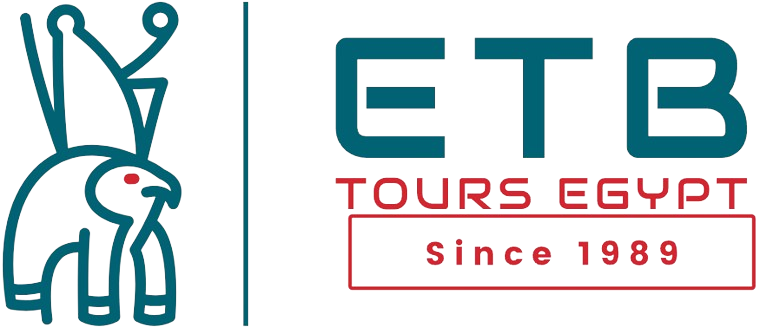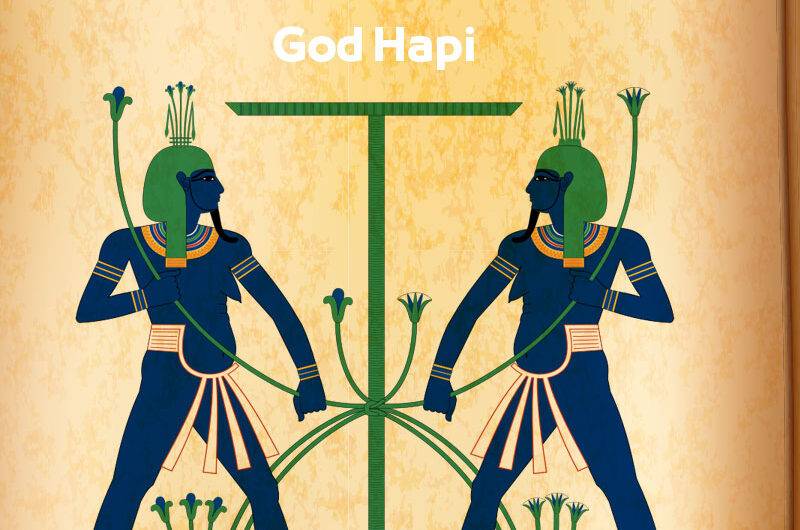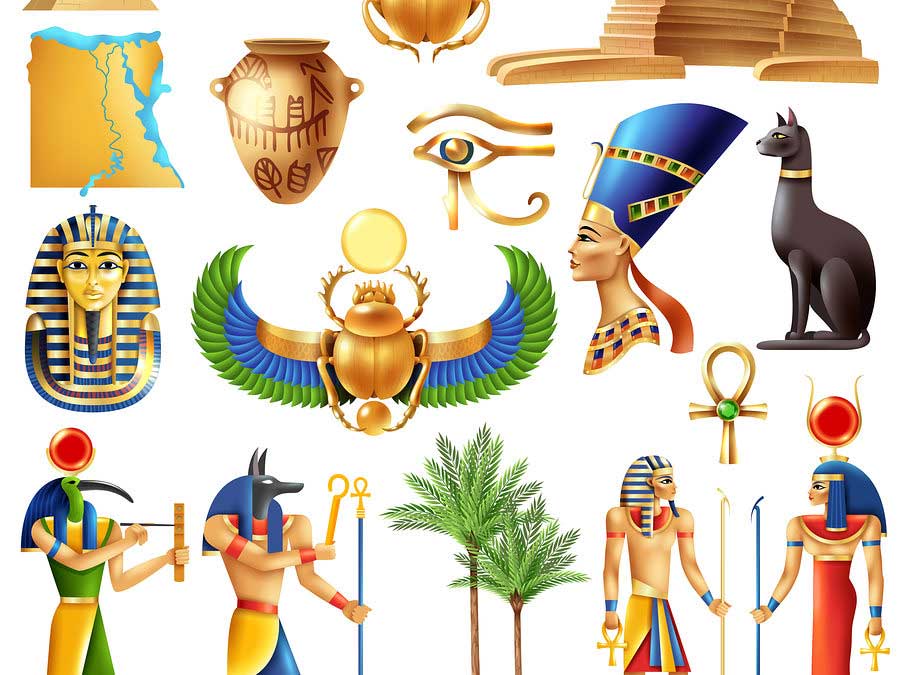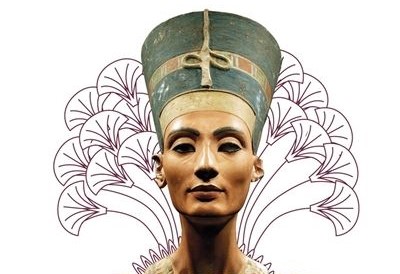The Nile God Hapi | The God Of Fertility | The God Of The North And South
Hapi: Ancient Egyptian Nile God
Hapi (also Hapy, Hap, Hep) was the personification of the Nile itself, especially during the annual flood that was so important for Egyptian agriculture. Over time the name of the river changed to “Nile” or “Itero” meaning “river” and so Hapi came to be known as “The River” or Itero.
Symbolism and Titles
Hapi was known by many titles such as “Lord of the Fish and the Birds of the Marsh” and “The Green of the Two Banks”. He was also “the maker of barley and wheat” and “the master of the river that brings vegetation”. In Egyptian mythology like other gods Hapi was benevolent but capable of unpredictable destruction.
Cultural and Economic Significance
The annual flood of the Nile, known as the “Coming of Hapi” was crucial for Egypt’s prosperity and survival. This natural event brought nutrient rich silt that supported agriculture and food security for the population. Festivals and processions in honour of Hapi’s flood were big affairs with devotees coming from all over to the temples in Elephantine and Aswan.
Depictions and Regional Variations
Hapi was depicted differently in different regions: in Lower Egypt he was often shown with papyrus and frogs, in Upper Egypt with lotus and crocodiles and in some cases the blue hippopotamus. He was often shown carrying offerings or pouring water from a jug, symbolising fertility and abundance.
Cultural Importance and Worship
Hapi was so important that he was sometimes considered above even the great sun god Ra as he controlled the waters of the Nile and affected the lives of millions. Although there were no dedicated temples to Hapi, statues and reliefs of Hapi were found in many temples all over Egypt, especially in Swenet and Gebel el-Silsilah.
Legacy and Rituals
In temples like those on Elephantine Island Hapi was worshipped alongside other gods like Khnum, Satit and Ankot. Priests used a nilometer on Elephantine to measure and monitor the Nile levels so the communities could prepare for the annual flood.
 English
English  Spanish
Spanish  Chinese
Chinese  French
French  Portuguese
Portuguese  Italian
Italian  Russian
Russian  Czech
Czech  German
German  Japanese
Japanese 








